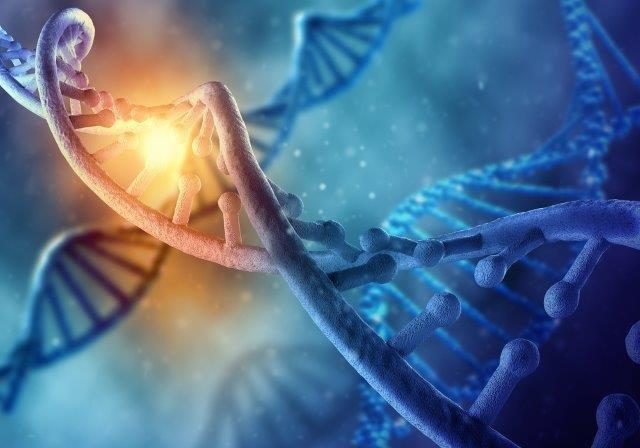
Critics feared the rise of unnatural creatures; others appreciated the therapeutic potential of the development. Now researchers have found that the expanded code might have an unforeseen limitation. A study in the Journal of the American Chemical Society reports that these novel components can damage cells when they are exposed to light.
It is already well-known that the naturally existing genetic code is susceptible to damage from ultraviolet (UV) light. Living cells can usually repair UV-damaged DNA. However, the two new nucleoside components — which are bases paired with a sugar moiety — are much better at absorbing light in the near-visible range. This type of light is abundant in the sun’s spectrum of radiation reaching the Earth’s surface and in the emission spectrum of standard fluorescent lighting. Carlos E. Crespo-Hernández and colleagues wanted to find out the impact of this enhanced ability of the synthetic nucleosides, known as d5SICS and dNaM, to absorb light in this range.
The researchers tested the synthetic nucleosides in human skin cancer cells. When exposed to near-visible light, cell growth decreased dramatically, while the amount of reactive oxygen species, which can cause cellular damage, increased. The results suggest that using an expanded code could lead to unintended light-induced consequences for the genetic material, the researchers say.
Source:
https://www.acs.org/content/acs/en/pressroom/presspacs/2016/acs-presspac-september-14-2016/shedding-...



